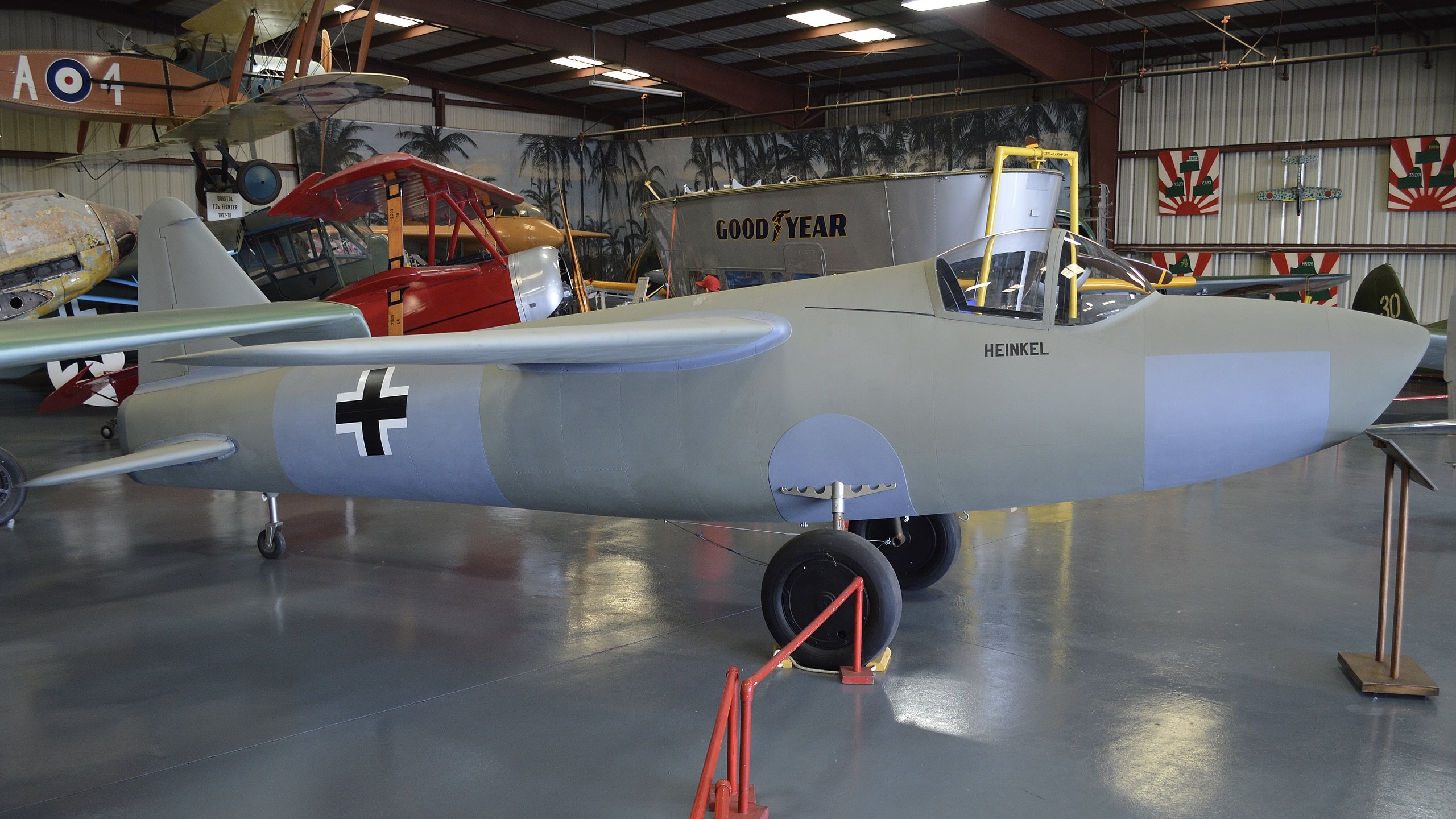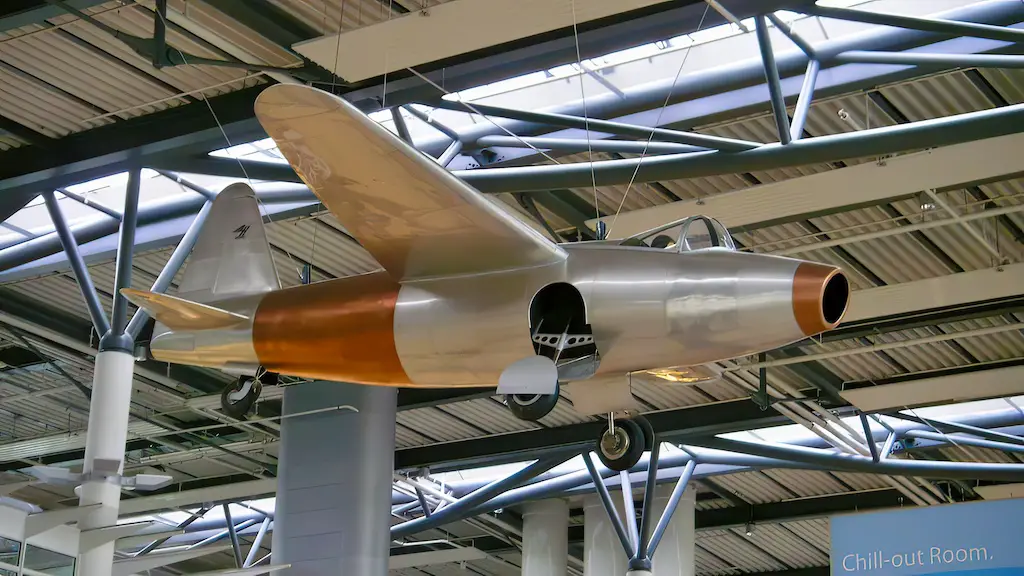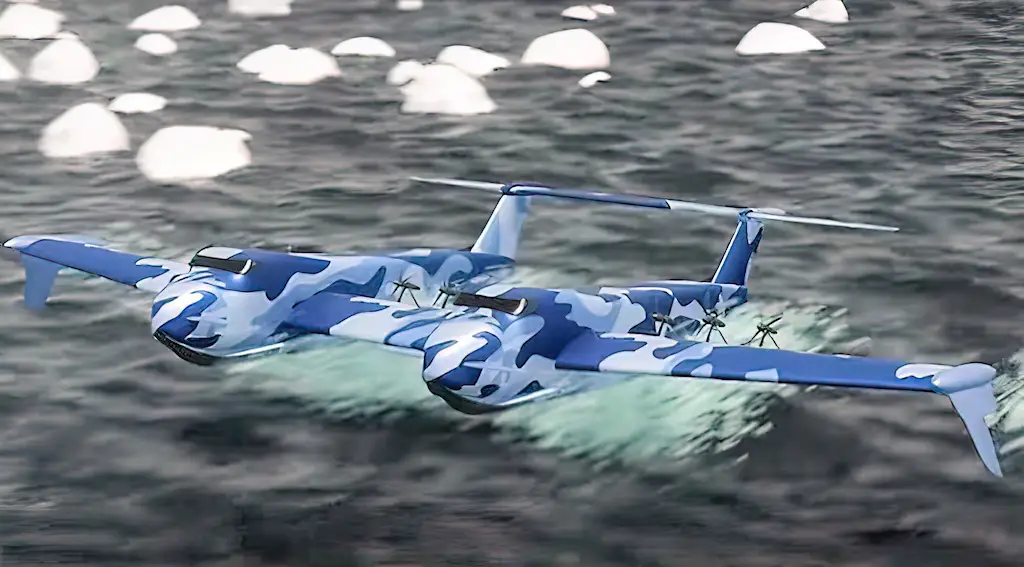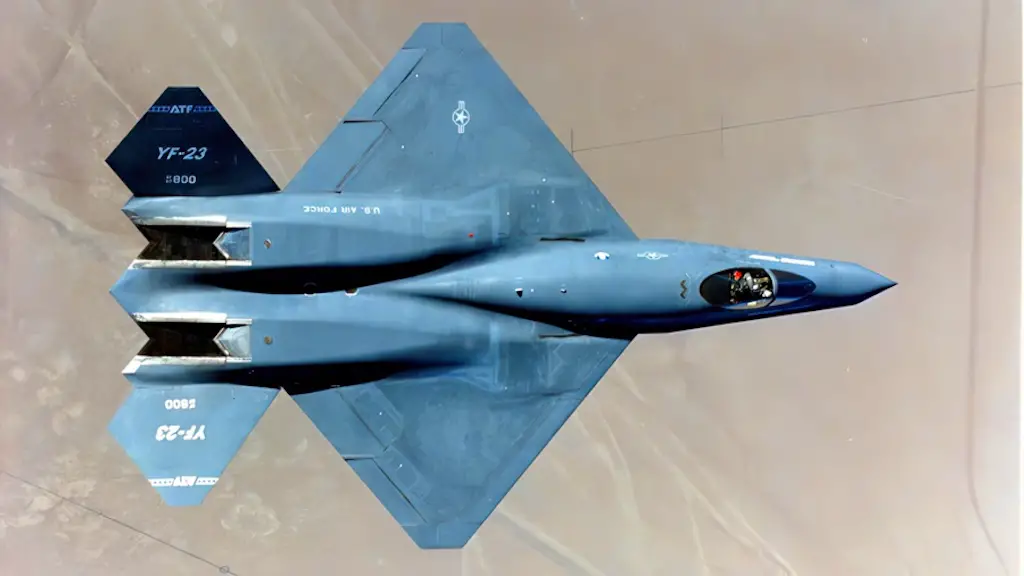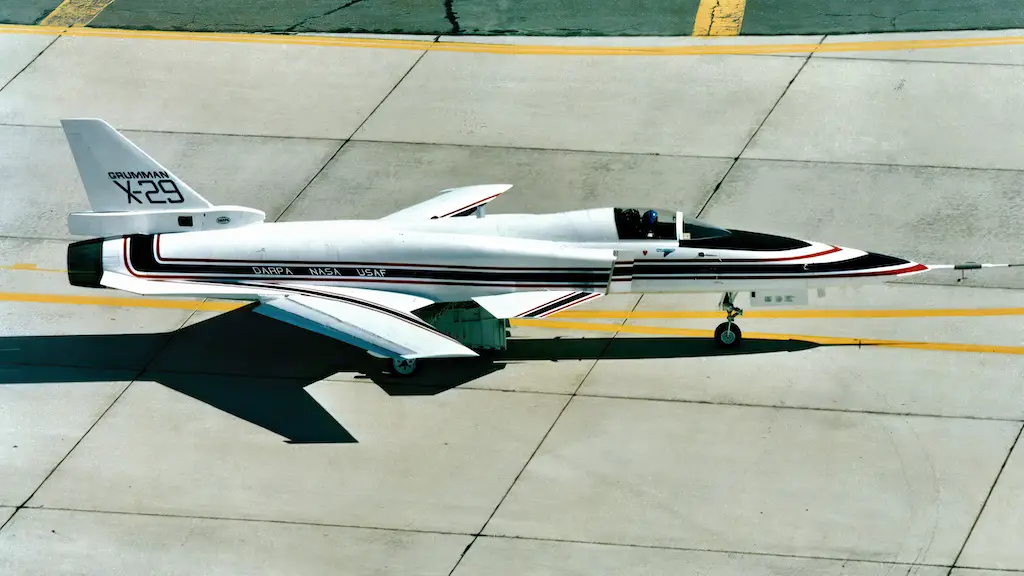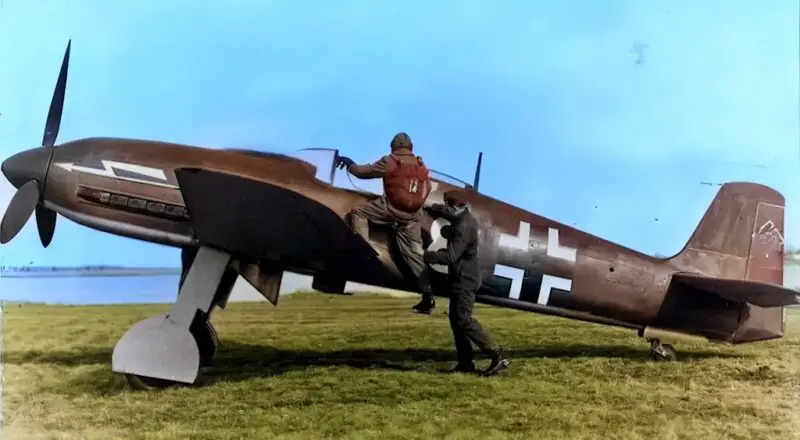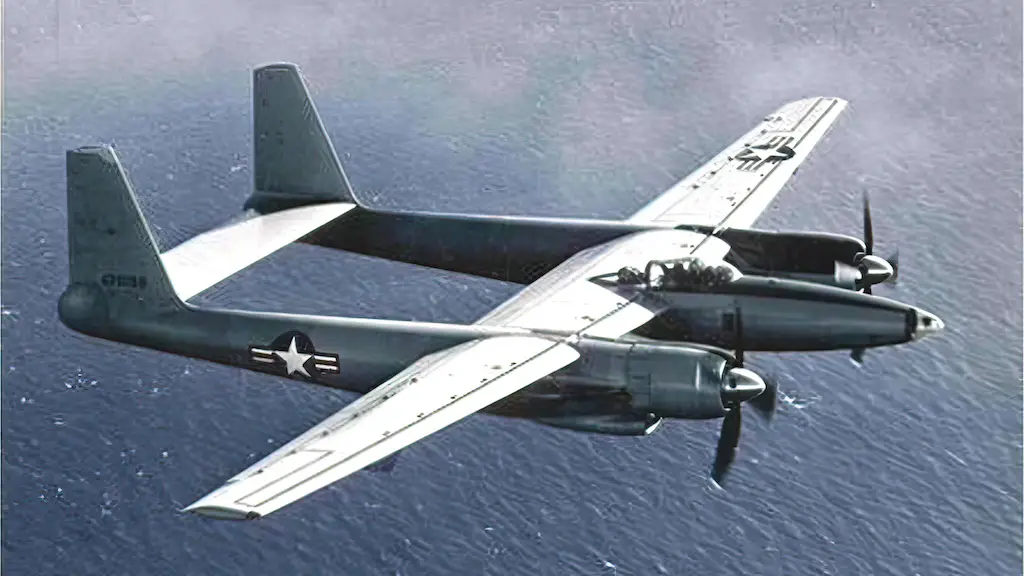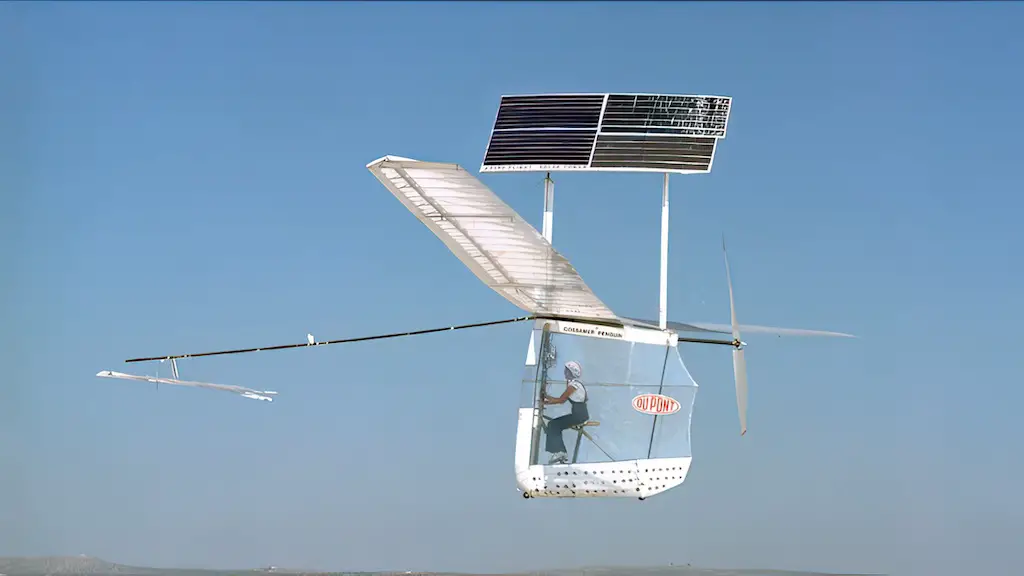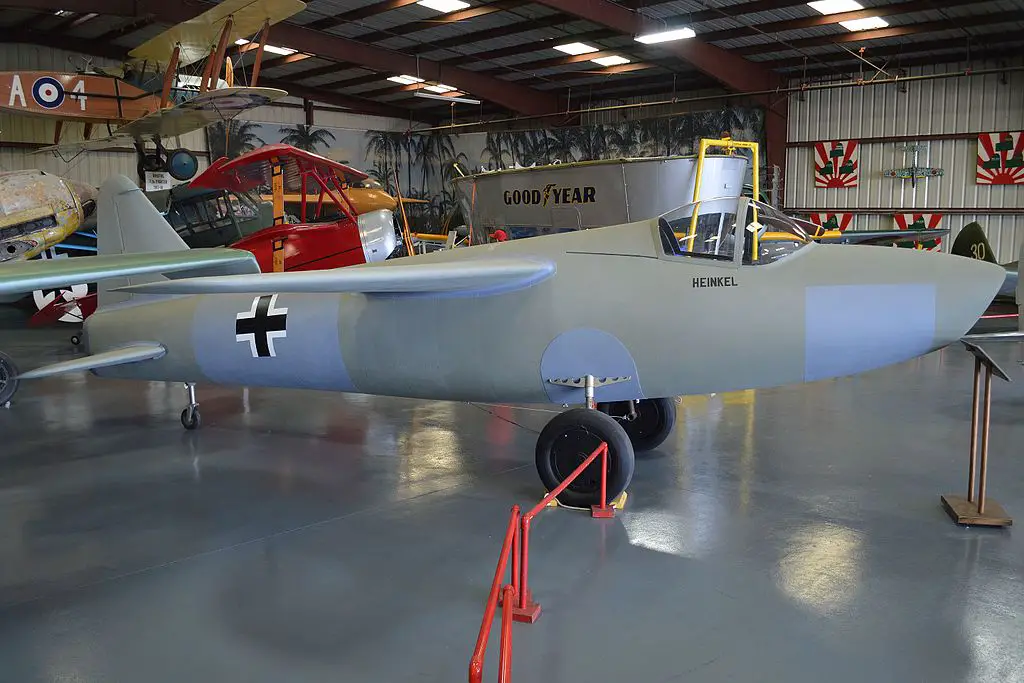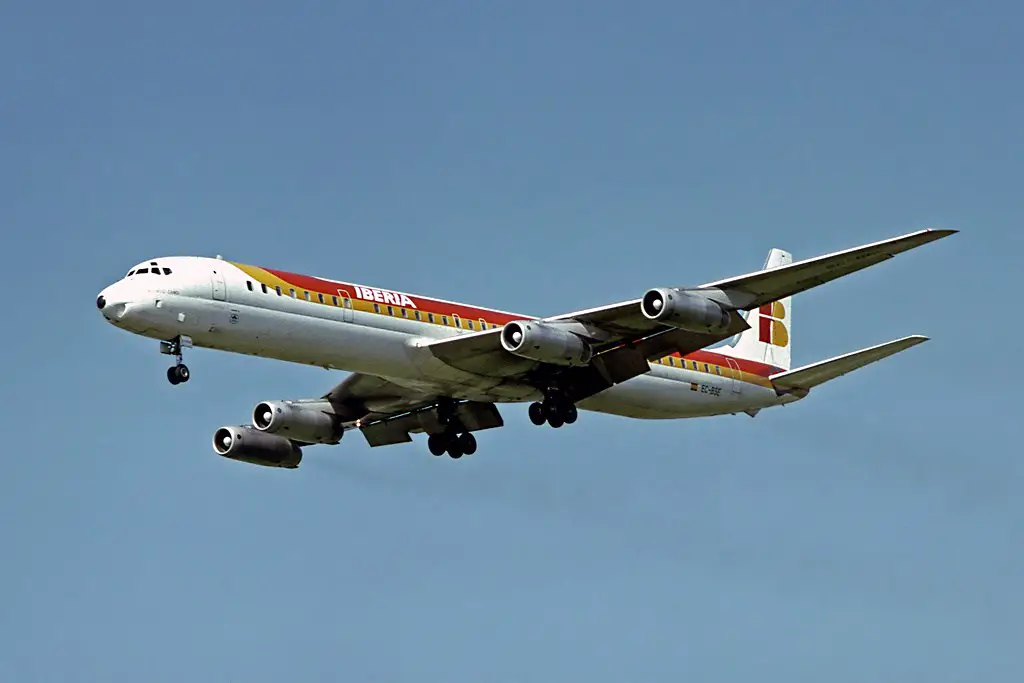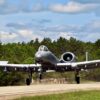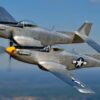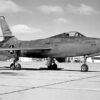Certain aircraft stand out as true pioneers, pushing the boundaries of what was once thought possible. The Heinkel He 178, a revolutionary aircraft developed by German engineer Hans von Ohain, holds a special place in this elite group. As the world’s first operational jet-powered aircraft, the He 178 laid the foundation for the modern era of jet aviation, revolutionizing the way we travel and inspiring a new generation of aircraft design.
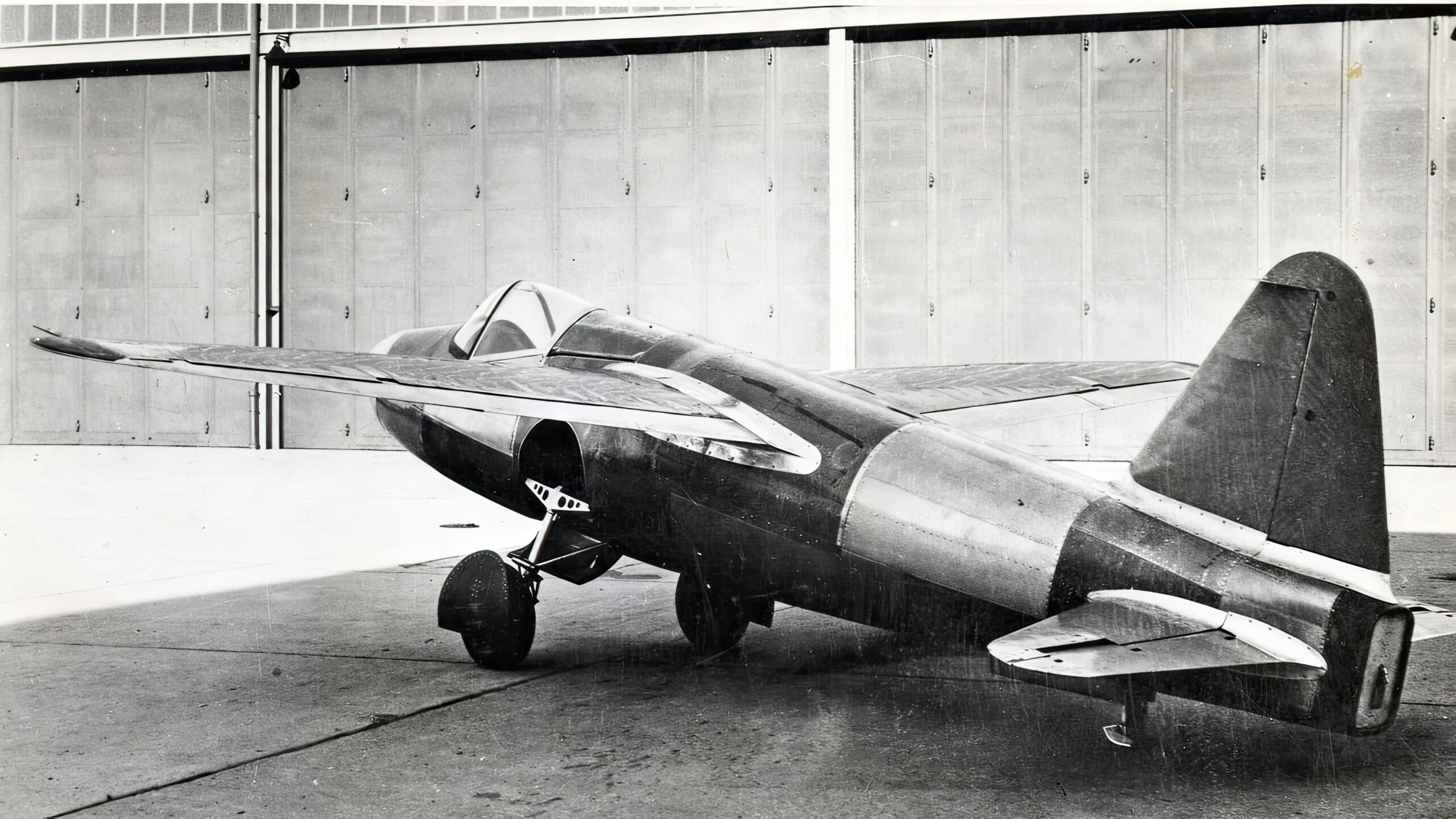
Genesis of Innovation
In the early 20th century, aviation was dominated by propeller-driven aircraft that relied on internal combustion engines for propulsion. However, engineers and aviation enthusiasts were intrigued by the idea of harnessing the power of jet propulsion, which promised higher speeds and greater efficiency. Hans von Ohain, a young German engineer, was one of the key figures who sought to turn this dream into reality.
The He 178 project took shape during the turbulent years leading up to World War II. Ohain, working with the Heinkel Aircraft Company, aimed to develop a jet engine that could power an aircraft. The result was the HeS 3B engine, a groundbreaking innovation that combined a centrifugal compressor with an axial-flow turbine, delivering a high thrust-to-weight ratio and operational efficiency. This engine paved the way for the He 178’s historic flight.
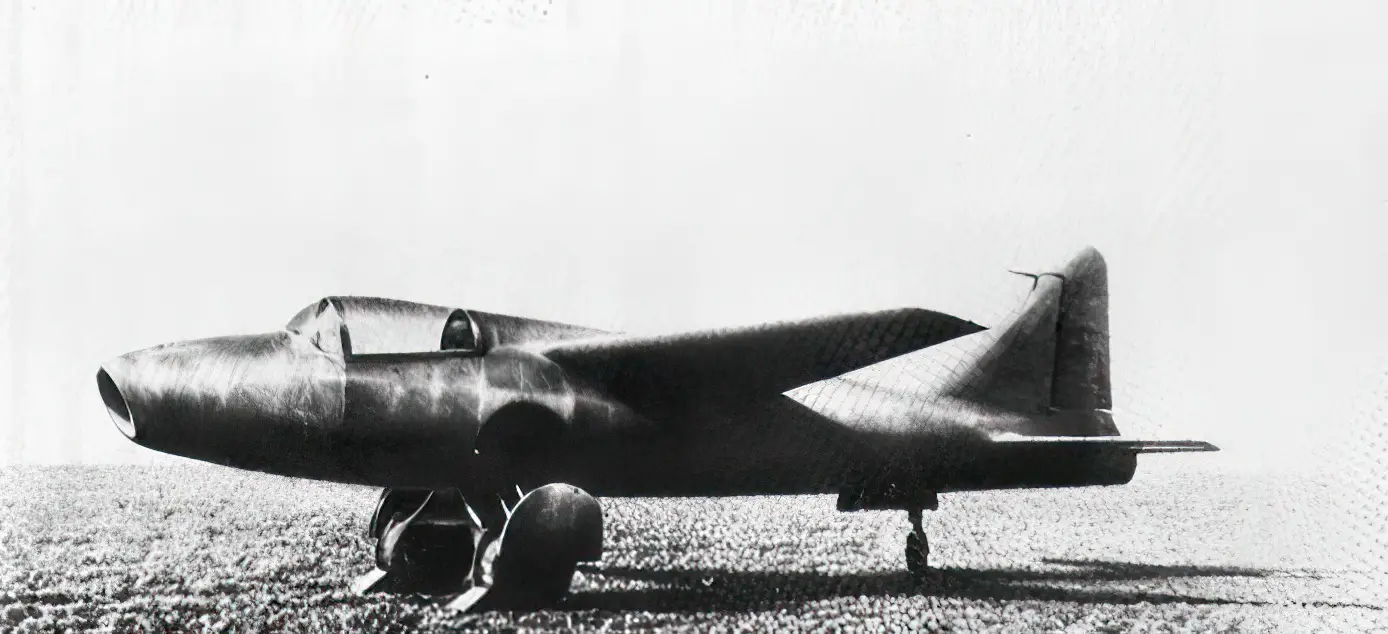
Historic Flight
On August 27, 1939, at the Marienehe airfield in Germany, the He 178 made history by becoming the first aircraft to take off, fly, and land solely under jet propulsion. Flown by Luftwaffe test pilot Erich Warsitz, the He 178 demonstrated its remarkable capabilities, reaching a top speed of 400 miles per hour (643 kilometers per hour) and a ceiling of 30,000 feet (9,144 meters).
The flight of the He 178 marked a turning point in aviation history. It showcased the potential of jet propulsion to revolutionize aircraft performance by offering higher speeds, improved altitude capabilities, and reduced noise compared to traditional piston engines. The successful flight served as a testament to the ingenuity of Ohain and his team, solidifying their place in aviation history.
Impact on Aviation
The He 178’s achievement sent shockwaves through the aviation community, igniting a race among other nations to develop their own jet-powered aircraft. Although World War II soon overshadowed these developments, the concept of jet propulsion had taken root, and post-war aviation saw a flurry of innovations in jet technology.
One of the most significant impacts of the He 178’s success was the birth of the jet age. Commercial aviation, which had been dominated by propeller-driven aircraft, now had the potential to offer faster, more efficient, and smoother travel experiences. The jet engines that evolved from the pioneering work of Ohain and his contemporaries would go on to power iconic aircraft like the Boeing 707 and the Douglas DC-8, shaping the modern aviation landscape.
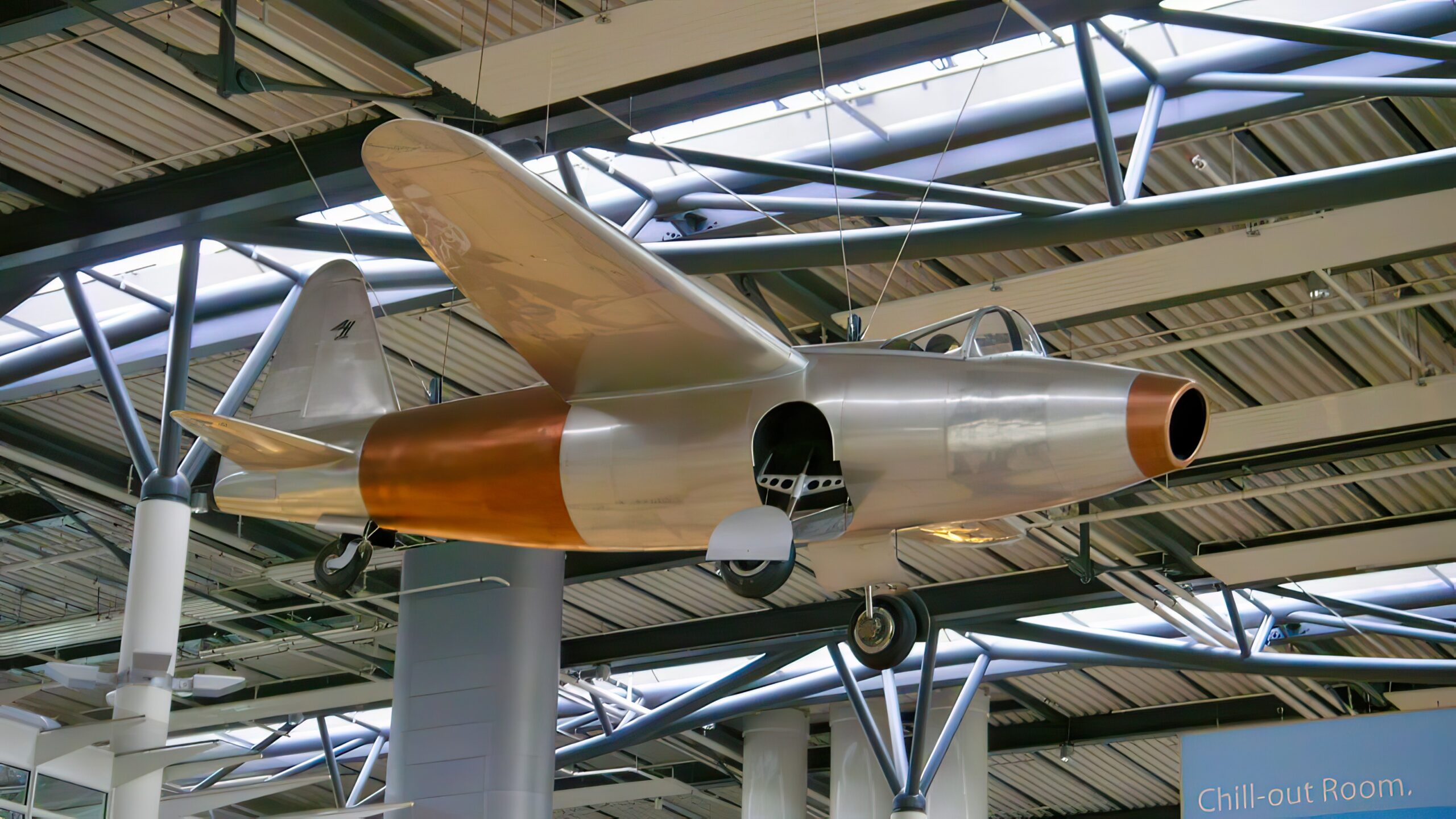
Legacy and Lessons
The legacy of the He 178 extends beyond its historic flight. The aircraft serves as a reminder of the power of innovation and determination in pushing the boundaries of human achievement. Ohain’s relentless pursuit of his vision and his ability to bring together groundbreaking concepts from various fields of engineering paved the way for the jet age.
Moreover, the He 178 demonstrates the importance of collaboration and interdisciplinary thinking. Ohain’s successful integration of centrifugal and axial-flow designs in the HeS 3B engine exemplifies how breakthroughs often arise from combining diverse ideas. This multidisciplinary approach continues to be a cornerstone of modern engineering and design, across various industries.
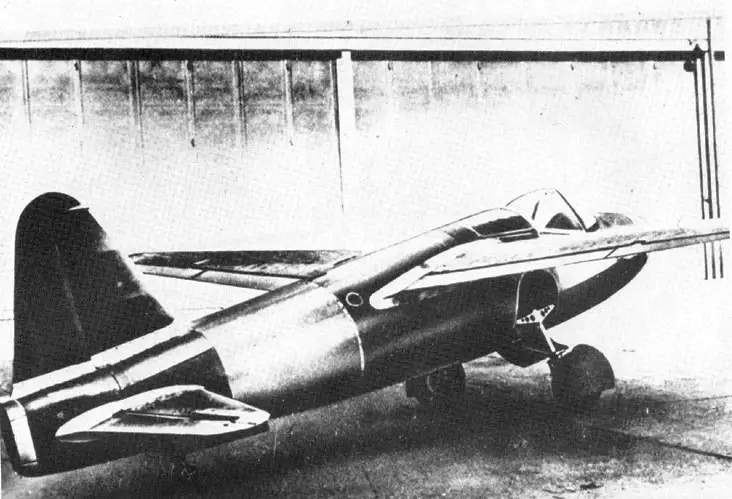
Spirit of exploration
The He 178 stands as a symbol of human ingenuity and the unyielding spirit of exploration. Its historic flight marked the birth of the jet age, reshaping the course of aviation history and inspiring generations of engineers and innovators. Hans von Ohain’s pioneering work on the He 178 and the HeS 3B engine laid the foundation for a new era of faster, more efficient, and globally connected travel.
As we look back on the remarkable achievements of the He 178, we are reminded that even the grandest dreams can become reality with the right blend of vision, dedication, and collaboration. The jet age that began with the He 178 continues to propel us forward, offering a glimpse into the limitless potential of human creativity and the remarkable power of technological advancement.
